Iconic photo of Tiananmen Square massacre draws ‘blank stares’ in China 30 years after it was taken
For 30 years this word has been taboo in China. But now Chinese state media has said it as part of an astounding attack on the West.
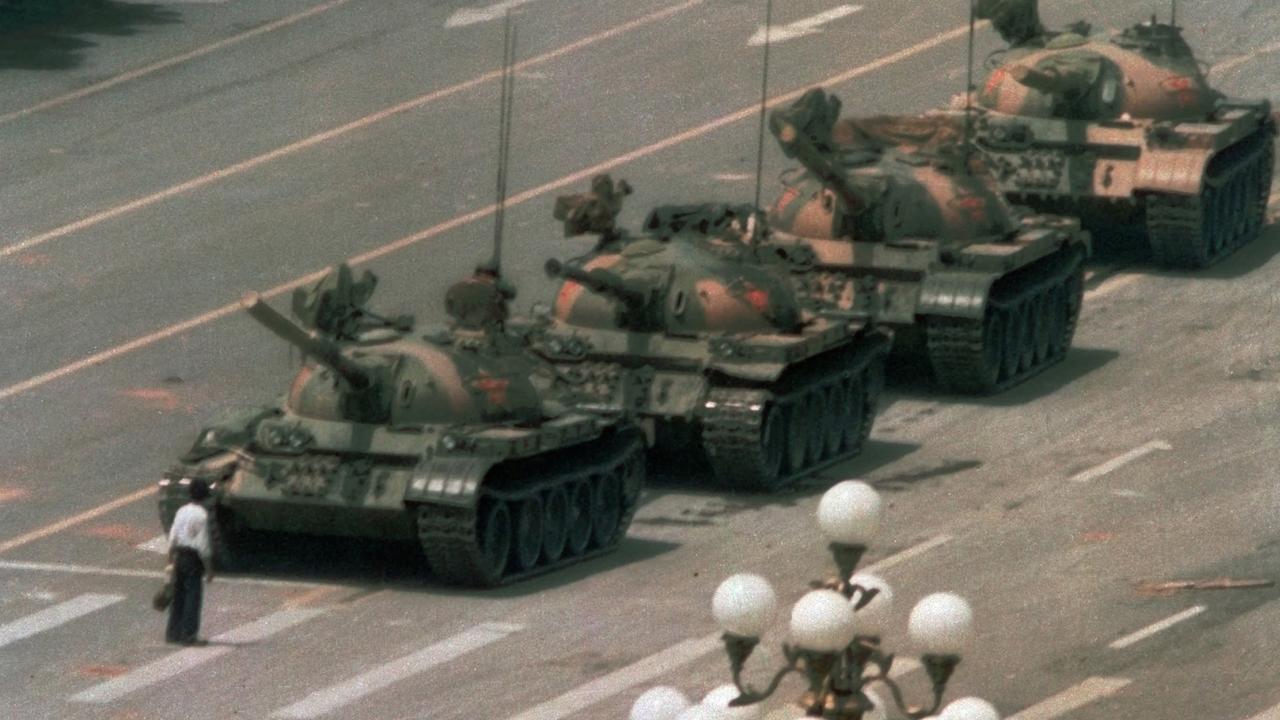
Chinese state media has launched a stunning attack on the West and finally uttered a word once considered unspeakable in the communist state.
In a remarkable editorial published by the Global Times entitled “June 4 immunised China against turmoil”, the publication argued the Tiananmen Square massacre, which it referred to as an “incident”, had helped China.
The infamous massacre of largely unarmed protesters occurred on June 4, 1989 and was sparked by demonstrators trying to block the military’s advance towards Tiananmen Square. Troops with assault rifles and tanks fired on the protesters. The death toll is thought to be between several hundred and thousands of people.
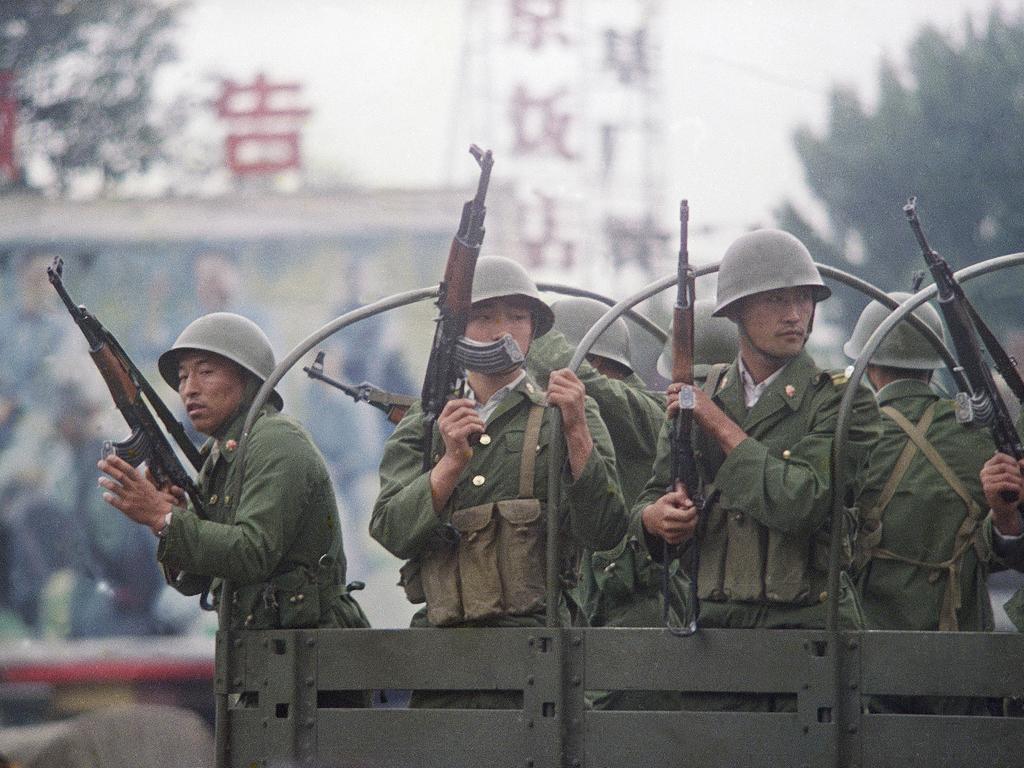
The Communist Party of China has since forbidden discussion of the Tiananmen Square protests and has taken extreme measures to block or censor information related to it. The words Tiananmen Square must not be said.
Internet searches made within China return censored results. Any published articles must be consistent with the government’s version of events.
But in the extraordinary piece published by the Global Times, the daily Chinese tabloid newspaper referred to the “Tiananmen Square incident” as a “vaccination”.
The paper said the government’s decision in 1989 had ended “disputes” in the country and helped “all the Chinese people face the future”.
It also argues the incident will not be repeated because China has successfully become the world’s second largest economy, and the political conditions that led to the incident no longer exist.
“We have noticed that every year around June 4, certain forces outside the Chinese mainland stir up public opinion and attack China. Such forces consist of two groups of people: student leaders and dissidents who fled abroad after 1989, and Western politicians and media outlets,” the outlet said.
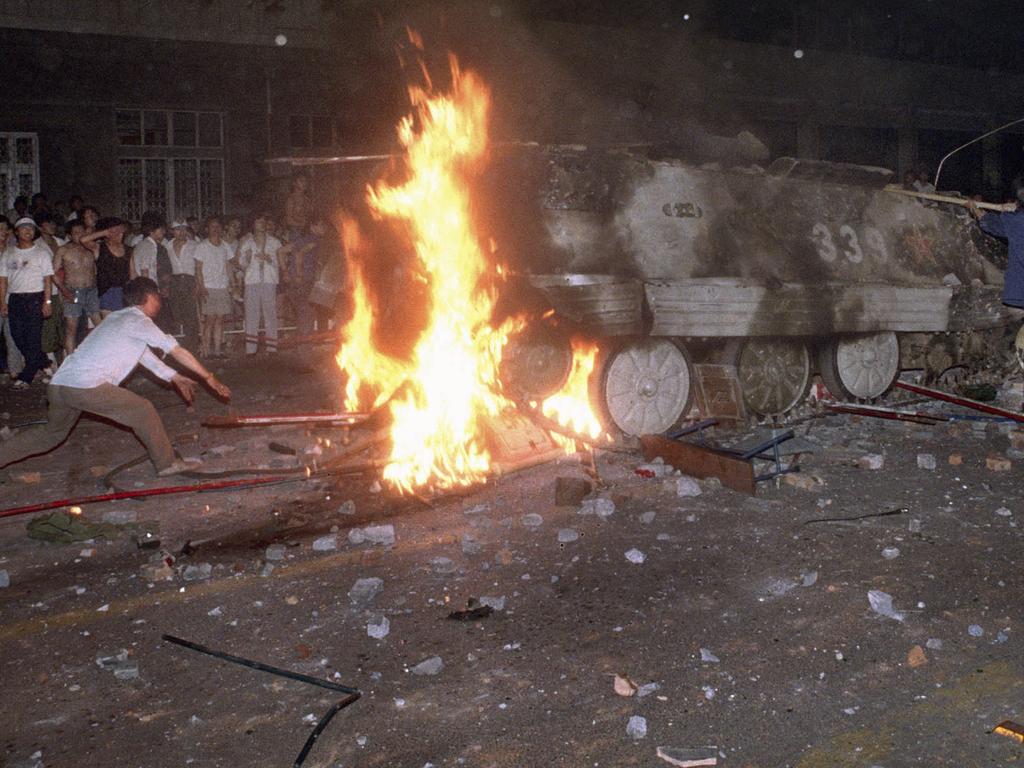
PICTURE THAT STUNNED THE WORLD
Today marks 30 years to the day since one of the worst atrocities of modern history took place on the streets of Beijing.
After seven weeks of protests by students and workers demanding democratic change and the end of corruption, soldiers and tanks arrived in the historic meeting place of Tiananmen Square on June 4, 1989.
The disturbing level of violence that followed left the world stunned, and to this day, China doesn’t want people talking about it.
Nobody knows how many people died during the brutal crackdown. It’s often said hundreds or possibly more than 1000 people were killed at the hands of their own government.
But a secret British diplomatic cable written just over 24 hours after the massacre alleges at least 10,000 people were cut down.
It also alleges injured female students were bayoneted as they begged for mercy, and human remains were collected by bulldozers before being “hosed down the drains”.
The day after the military crushed the protests on June 3-4, Associated Press photographer Jeff Widener noticed an unknown man holding shopping bags facing a row of tanks.
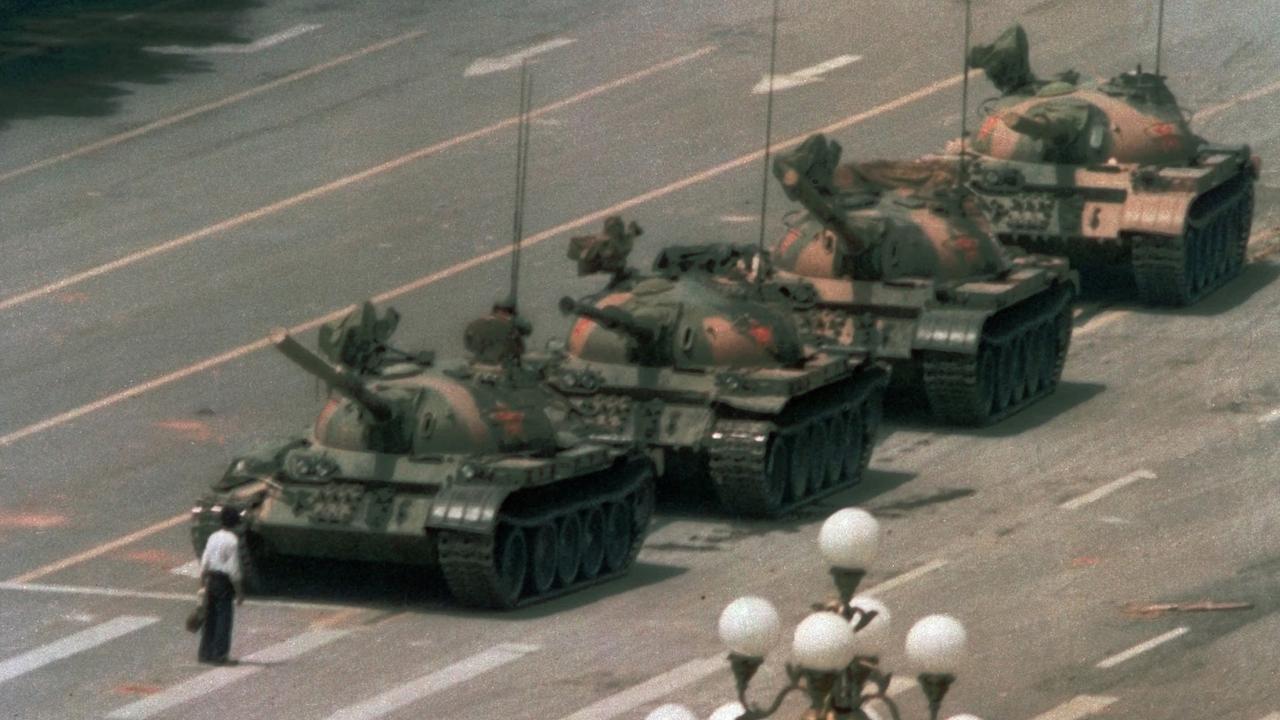
It was then he took a photograph, known as “tank man” that became one of the most famous images of defiance of the 20th century.
However, as today’s anniversary brings a renewed spotlight on the massacre, it’s clear China sees what happened in 1989 very differently to the rest of world.
In a bid to see what the Chinese public knew about the crackdown, freelance journalist Melissa Chan went to Tiananmen Square with a printout of the “tank man” image.
She said there were three common responses from those she talked to.
“They either: 1) ran away, 2) glint in their eye revealed they knew it, but pretended not to, 3) truly blank stares,” she wrote on Twitter, adding she was dragged away from the square and detained by authorities.
There are 7.7 billion people on this planet and ~1 billion of them in China do not know the facts about Tiananmen and do not recognize this photo, which the rest of the world does. As we commemorate 30 years since the Tiananmen killings, ponder the power of propaganda. pic.twitter.com/jmVm5y4Wem
— Melissa Chan (@melissakchan) June 2, 2019
Pro-China Twitter users have hit back with responses stating many people in China do recognise the image, but people either “do not care” or “don’t talk about it”.
And, as debate rages over China’s response to protests, the man behind the lens of the iconic photo — Widener — doesn’t understand why the Asian superpower’s leaders won’t admit to the country’s mistakes.
He’s now calling for China to reveal the truth behind the crackdown.
“The United States and European countries have made mistakes throughout history and they’ve reconciled those problems,” he said in an interview with AP.
“I think it’s time for China to move forward and just come clean on what happened, report to the family members what happened to their loved ones so that they can put this to rest. I think that’s the right, decent thing to do.”
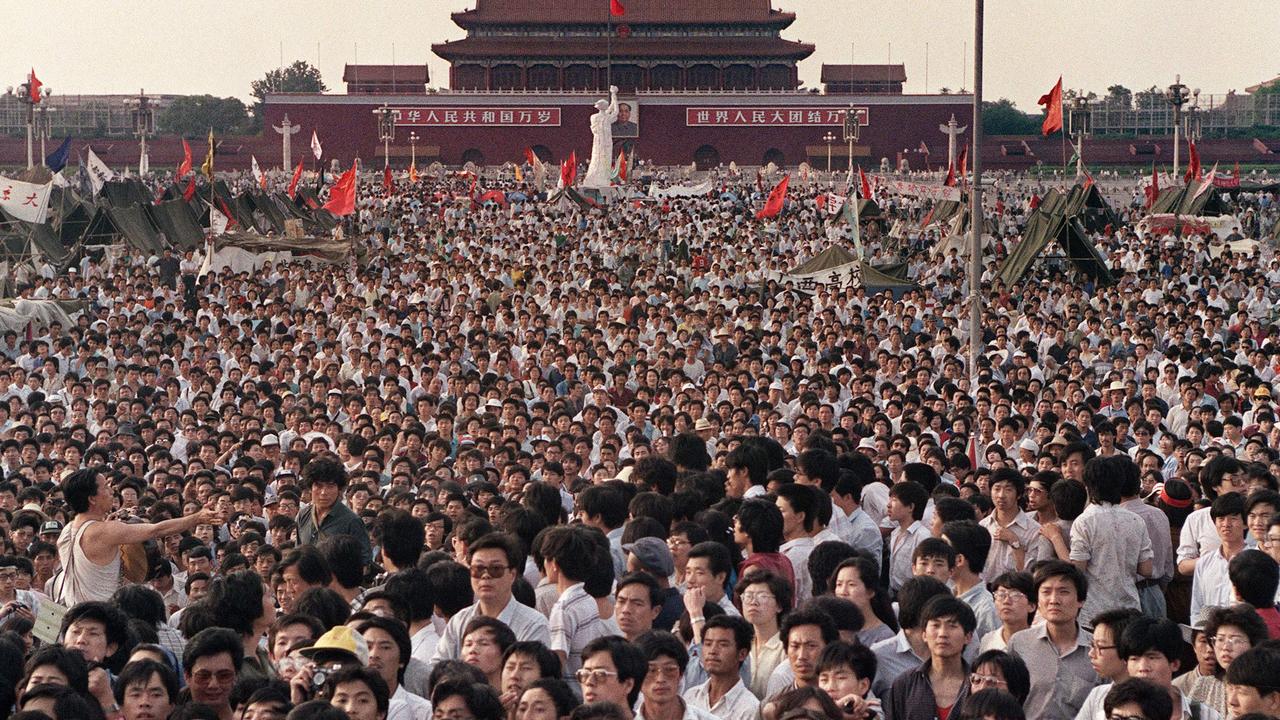
However, in terms of an official response, the Chinese Communist Party on Sunday made rare public acknowledgment — saying it used “correct” policy back in 1989.
“That incident was a political turbulence, and the central government took measures to stop the turbulence, which is a correct policy,” Chinese Defence Minister General Wei Fenghe told a regional security forum in Singapore.
Mr Wei asked why people still said China “did not handle the incident properly”.
“The 30 years have proven that China has undergone major changes,” he said in response to a question from the audience, adding because of the government’s action at that time “China has enjoyed stability and development”.
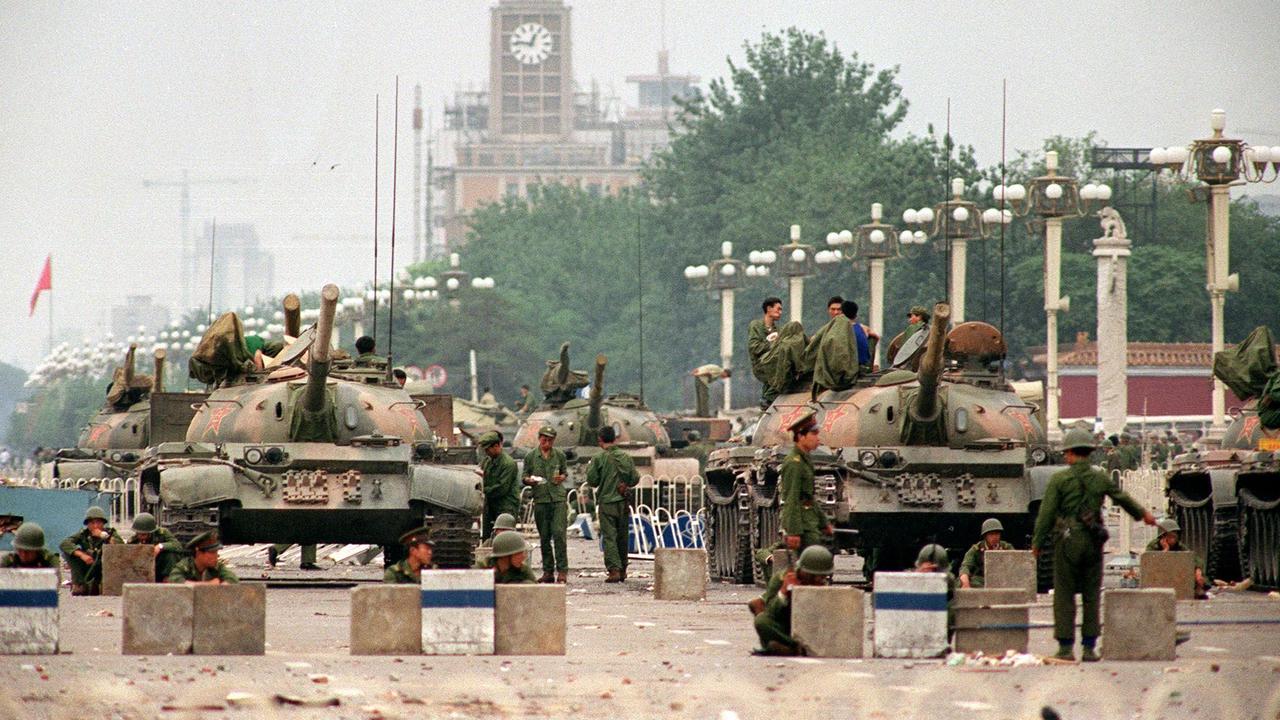
Experts have been left stunned by the response, not because of the answer itself — but Mr Wei even talking about the subject at all.
Inside China, an army of online censors have scrubbed clean social media, removing articles, memes, hashtags or photos alluding to the Tiananmen crackdown ahead of June 4.
Discussions about the 1989 pro-democracy protests and their brutal suppression are strictly taboo, and authorities have rounded up or warned activists, lawyers and journalists ahead of the anniversary each year.
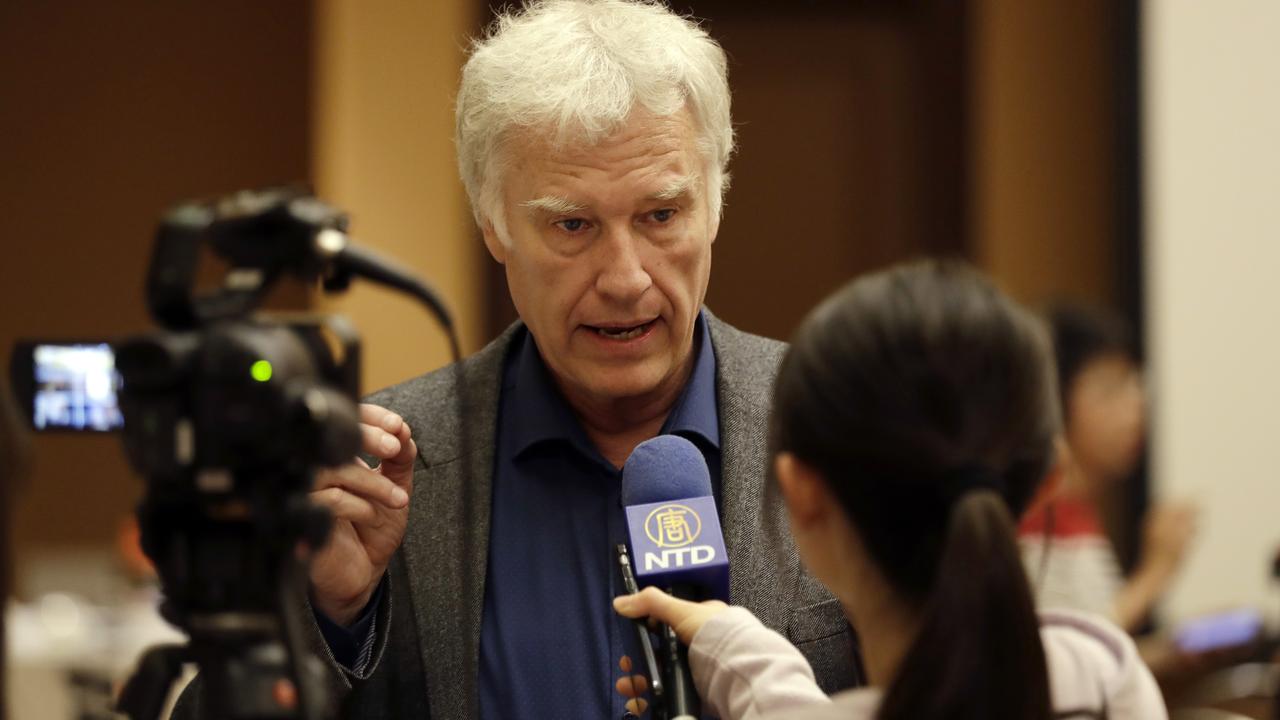
Talking privately with family and friends about Tiananmen is possible, but any commemoration in public risks almost certain arrest.
Chinese rock musician Li Zhi dared to broach the taboo subject in one of his songs.
He hasn’t been seen in public now for three months. His upcoming tour was cancelled and his social media accounts taken down.
Then his music was removed from all of China’s major streaming sites — as if his career never existed at all.
Chinese Human Rights Defenders, an advocacy group, said 13 people had either been detained or taken away from their homes in connection with the anniversary.
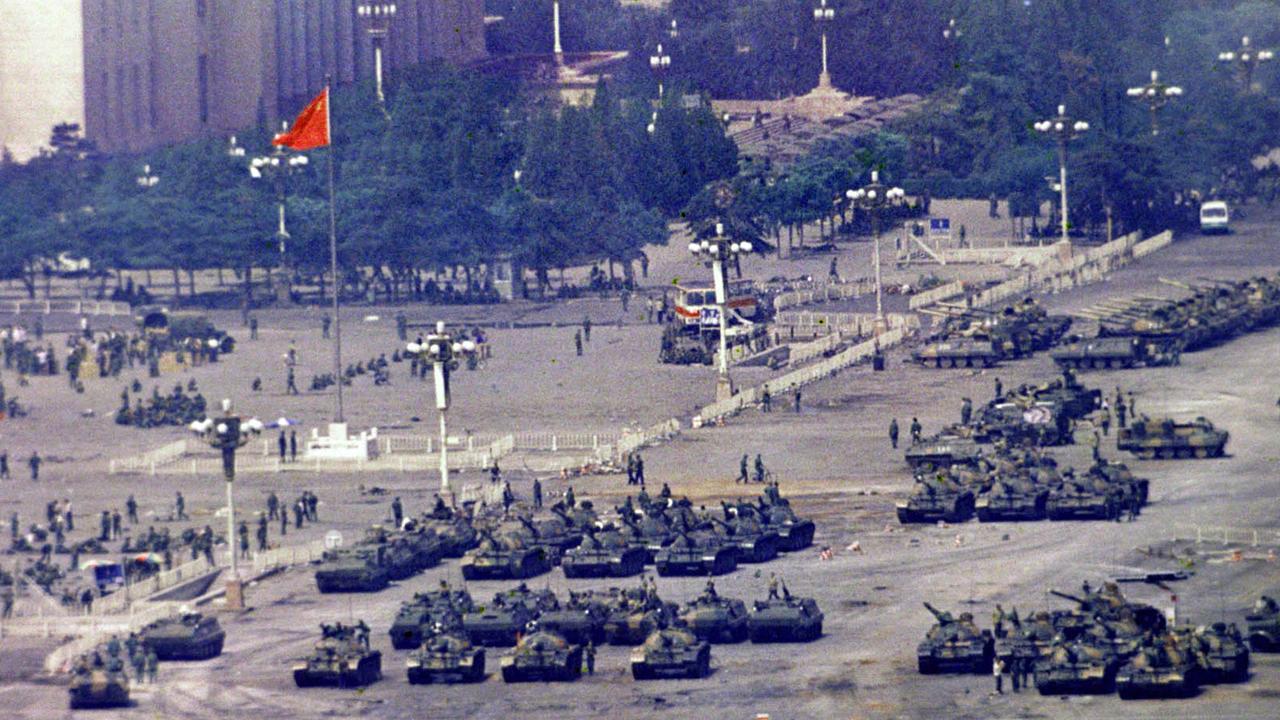
Among them are several artists who recently embarked on a “national conscience exhibit tour” and a filmmaker who was detained after tweeting images of a liquor bottle commemorating June 4.
The bottle’s label featured a play on words using baijiu, China’s signature grain alcohol, and the Chinese words for 89 or bajiu. A court convicted four people involved in designing the bottle in April.
Foreign companies are not immune. Apple Music has removed from its Chinese streaming service a song by Hong Kong singer Jacky Cheung Hok-yau that references the Tiananmen crackdown.
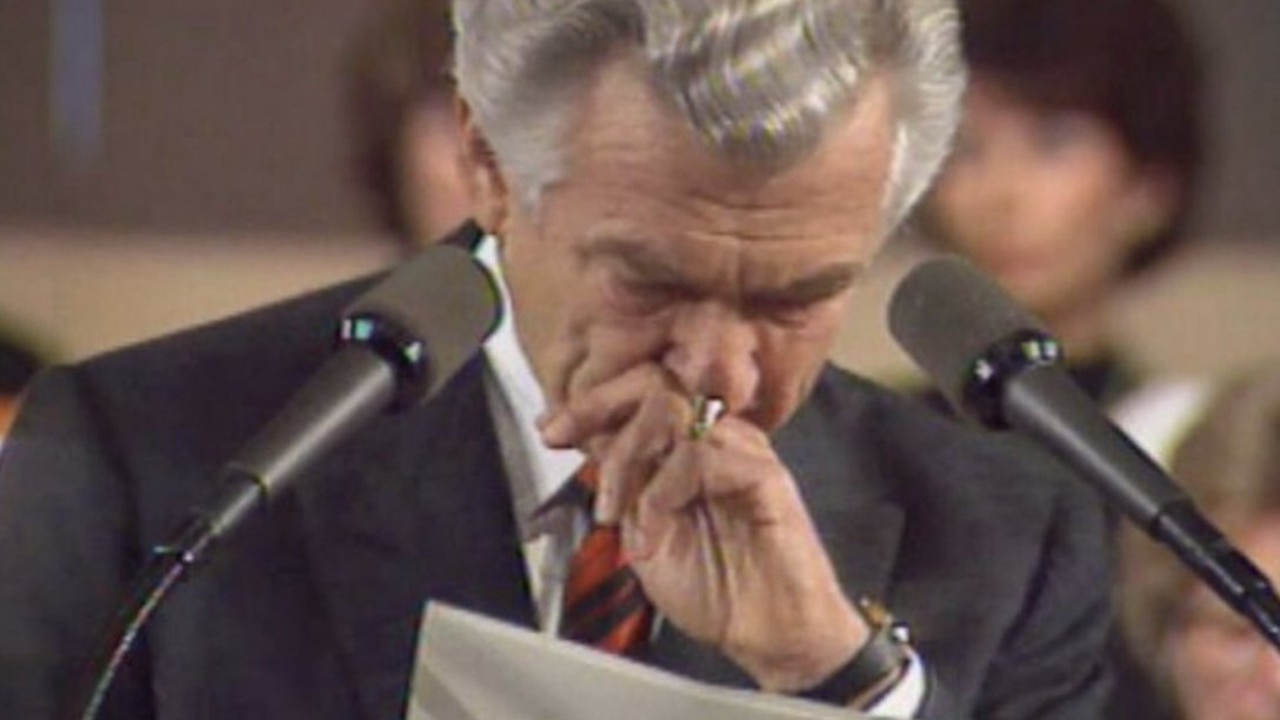
Wikipedia also announced this month the online encyclopaedia was no longer accessible in China. While the Chinese-language version has been blocked since 2015, most other languages could previously be viewed, Wikipedia said.
— with wires




